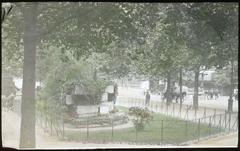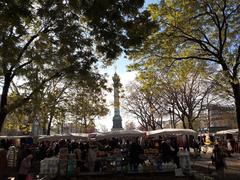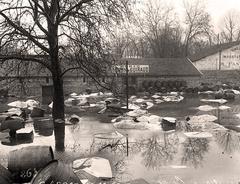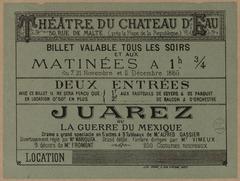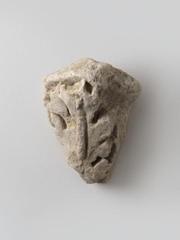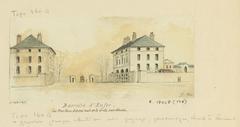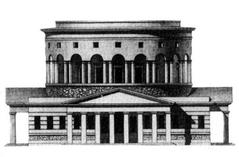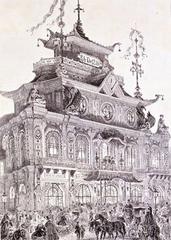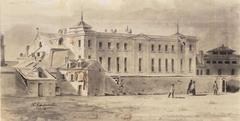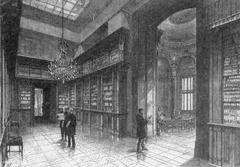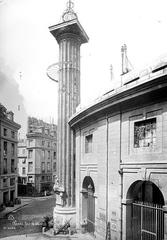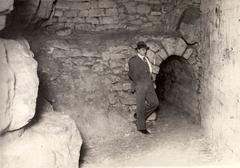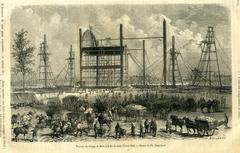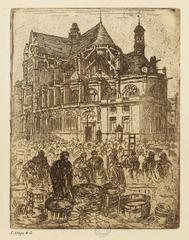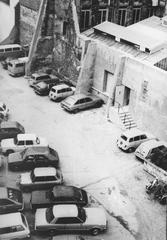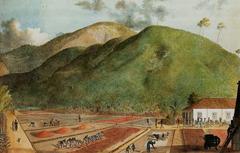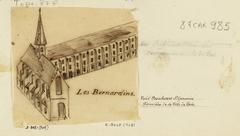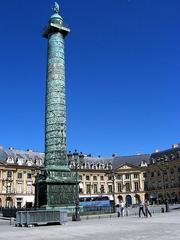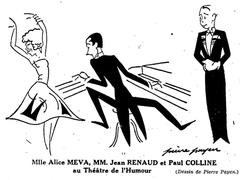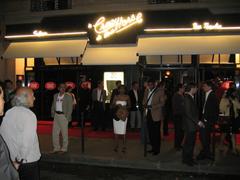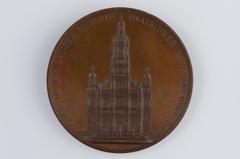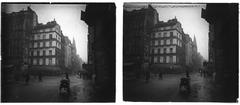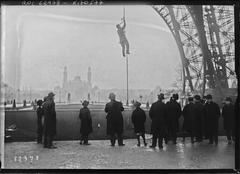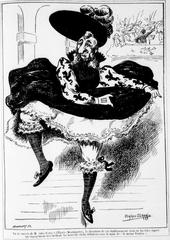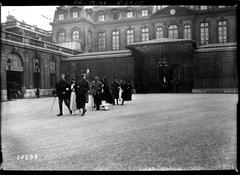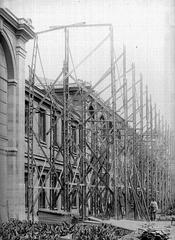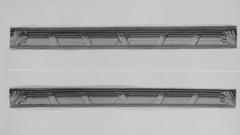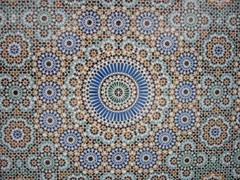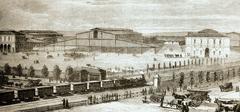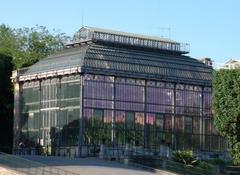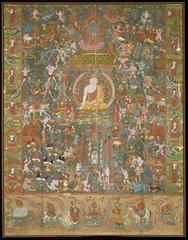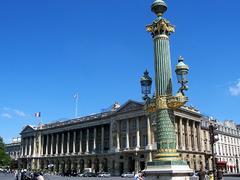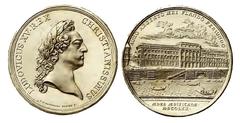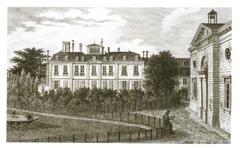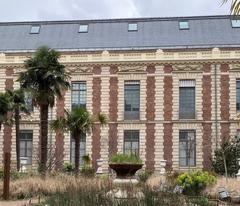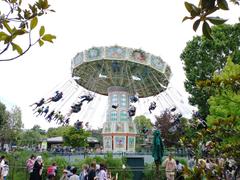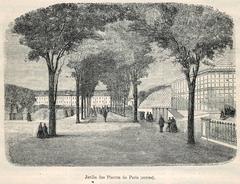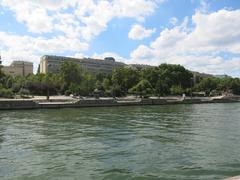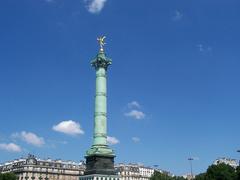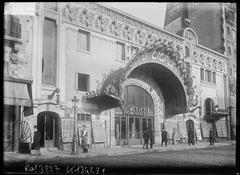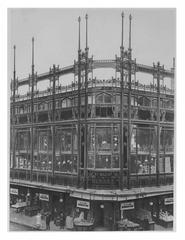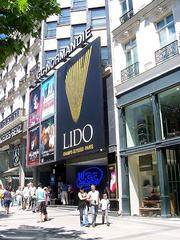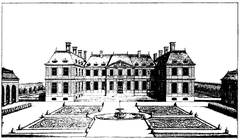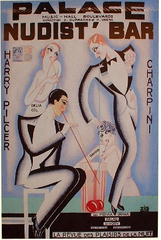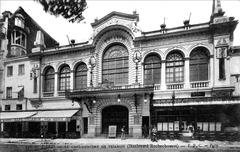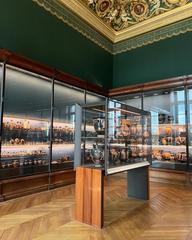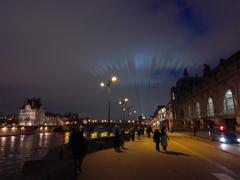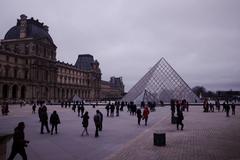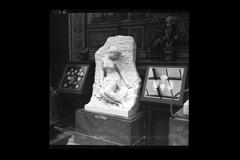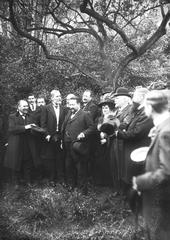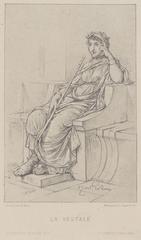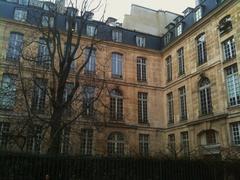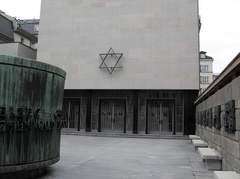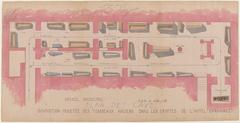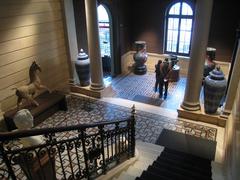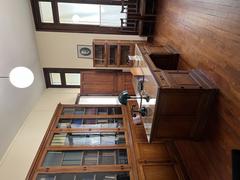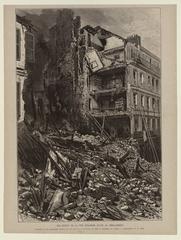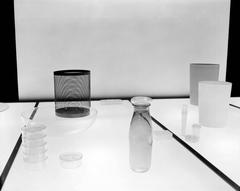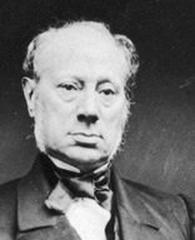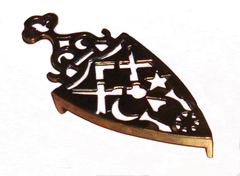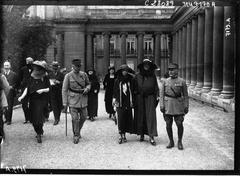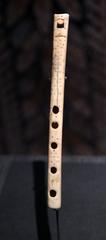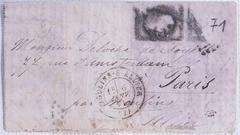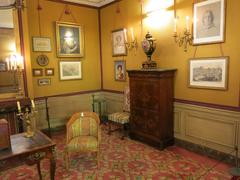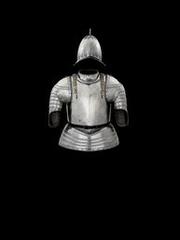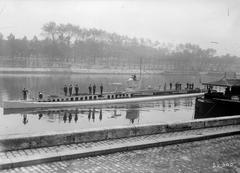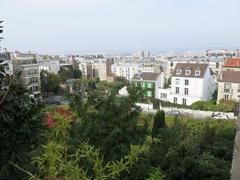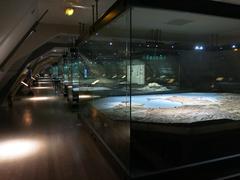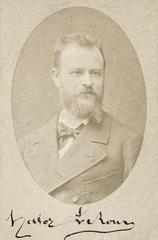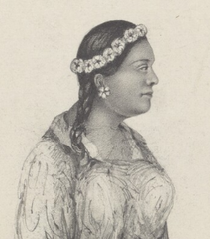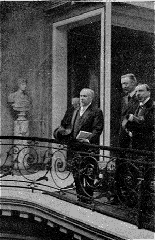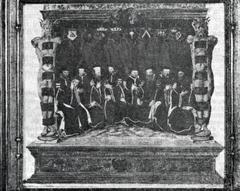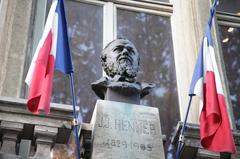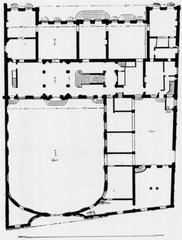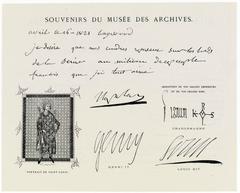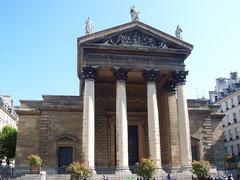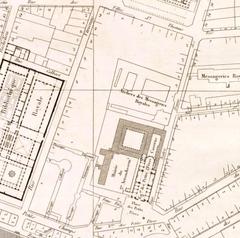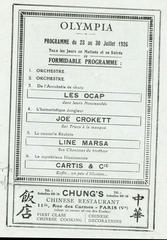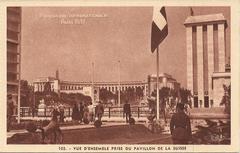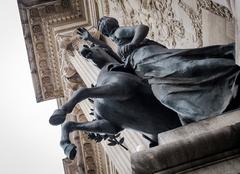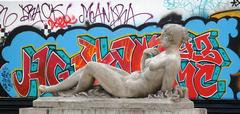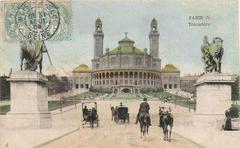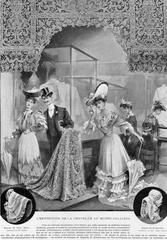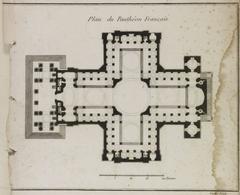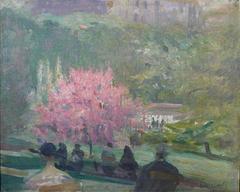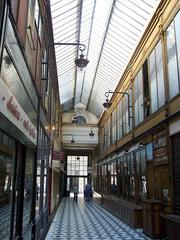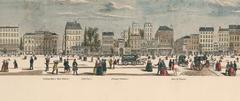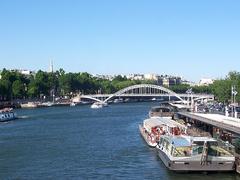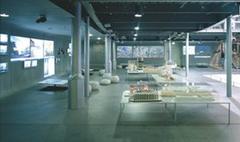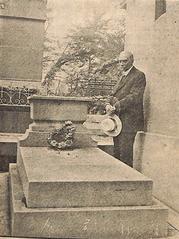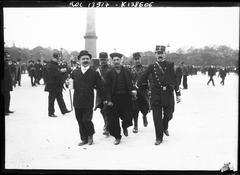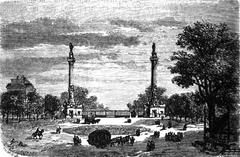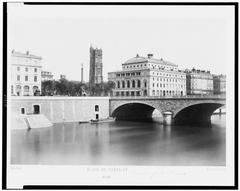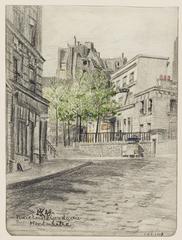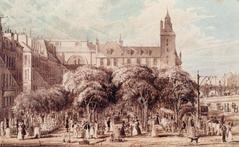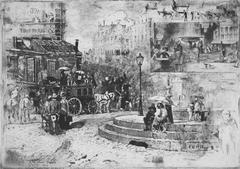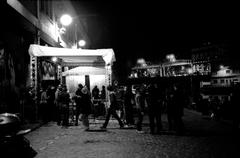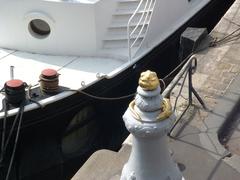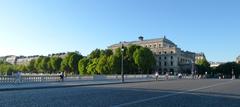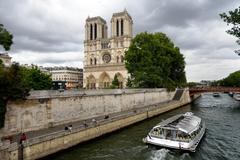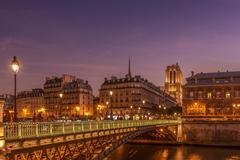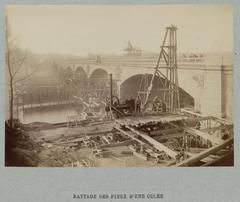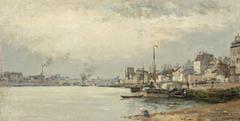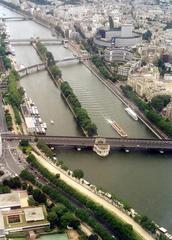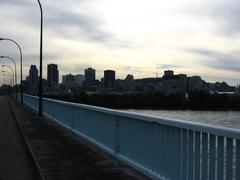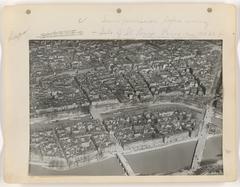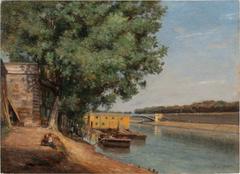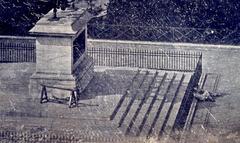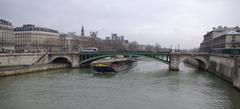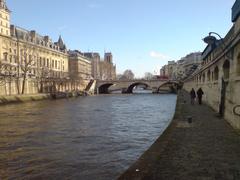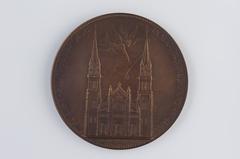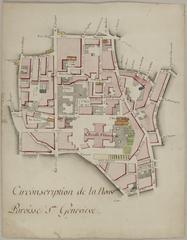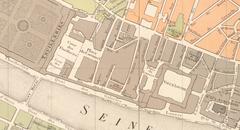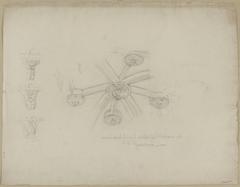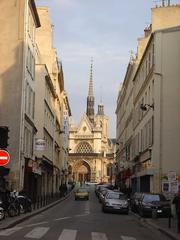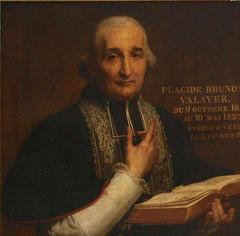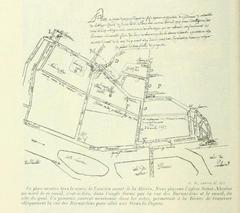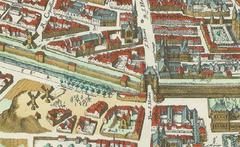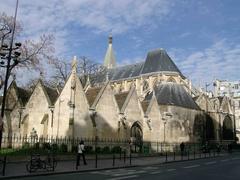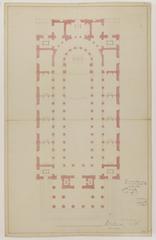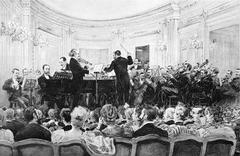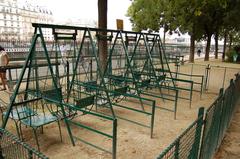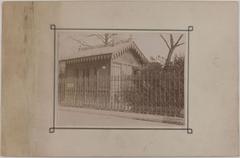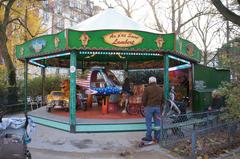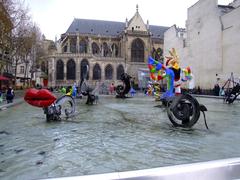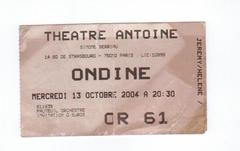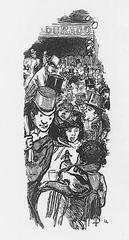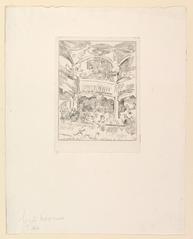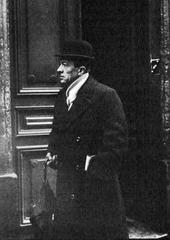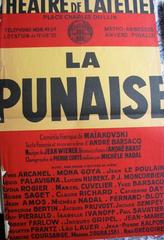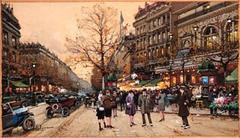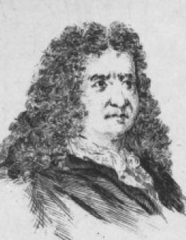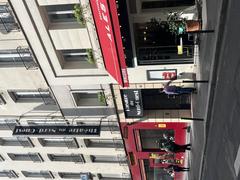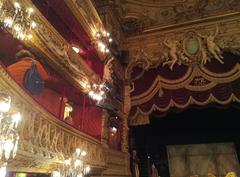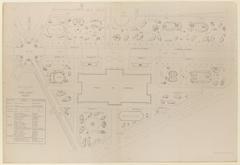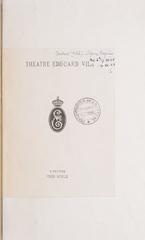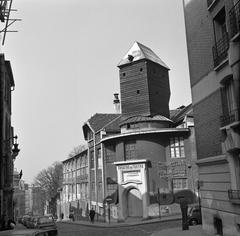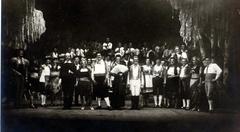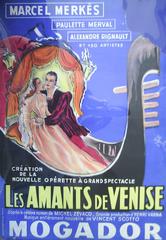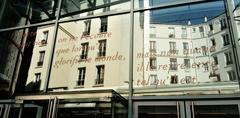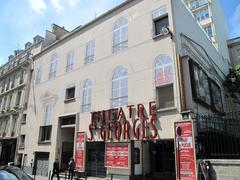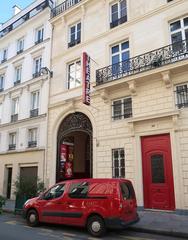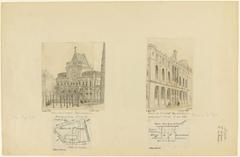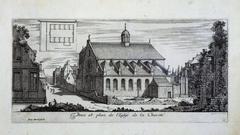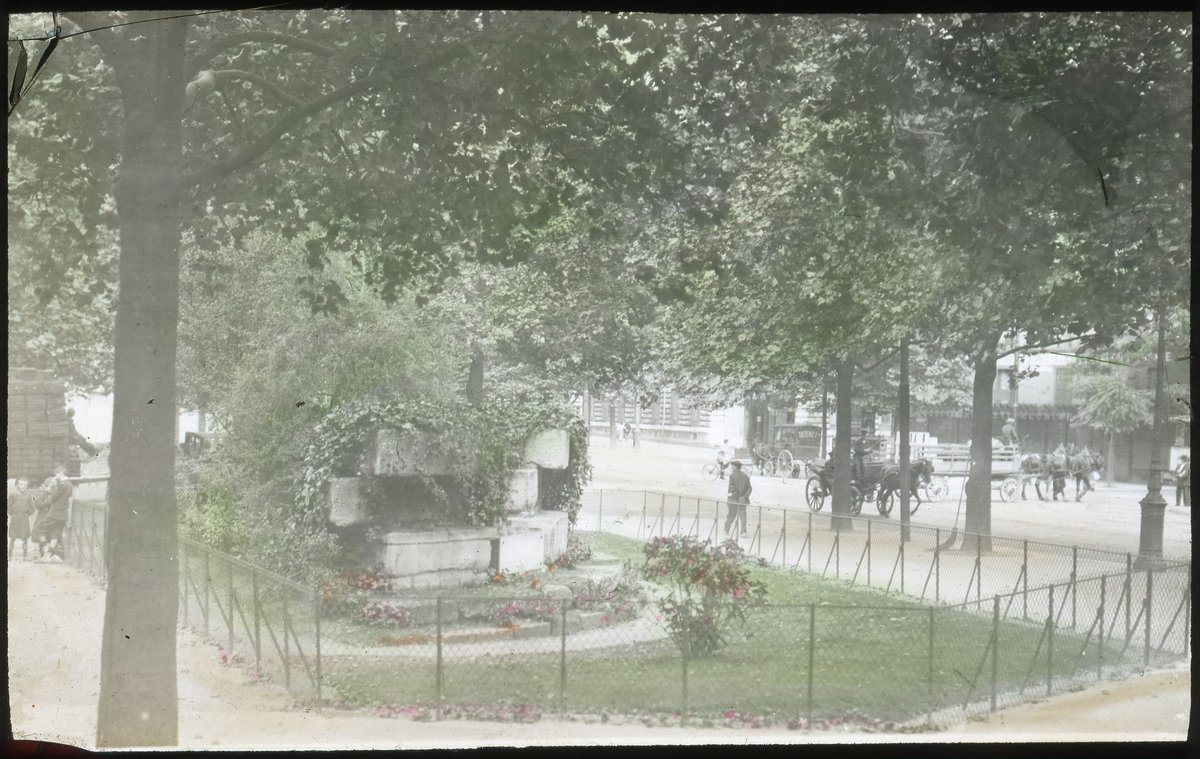
Visiting Hours, Tickets, and Historical Insights of Colonne de Juillet, Paris
Date: 17/07/2024
Introduction
The Colonne de Juillet, also known as the July Column, is an iconic historical monument located in the Place de la Bastille in Paris, France. Erected to commemorate the Revolution of 1830, which led to the overthrow of King Charles X and the establishment of the July Monarchy under King Louis-Philippe, the column stands as a testament to the city’s rich revolutionary history (Parisinfo). Designed by architect Jean-Antoine Alavoine and completed by Joseph-Louis Duc, the column was constructed between 1831 and 1840 and stands 47 meters (154 feet) tall. It is made of bronze sourced from cannons captured during the Napoleonic Wars and is topped with a gilded figure known as the ‘Génie de la Liberté’ (Spirit of Freedom), sculpted by Augustin-Alexandre Dumont (Britannica). The Colonne de Juillet is not only an architectural marvel but also a symbol of the fight for freedom and democracy, reflecting the values and aspirations of the July Revolution. Its location in the Place de la Bastille, a site with its own revolutionary history, further underscores its significance. This guide aims to provide a comprehensive overview of the Colonne de Juillet, including its history, visitor information, travel tips, and nearby attractions, making it an essential resource for anyone planning to visit this remarkable monument.
Table of Contents
- [History of the Colonne de Juillet](#history-of-the-colonne-de-juillethistory-of-the-colonne-de-juillet)
- [Origins and Construction](#origins-and-constructionorigins-and-construction)
- [Symbolism and Inscriptions](#symbolism-and-inscriptionssymbolism-and-inscriptions)
- [Historical Context](#historical-contexthistorical-context)
- [Restoration and Preservation](#restoration-and-preservationrestoration-and-preservation)
- [Modern-Day Significance](#modern-day-significancemodern-day-significance)
- [Visitor Information](#visitor-informationvisitor-information)
- [Opening Hours](#opening-hoursopening-hours)
- [Ticket Prices](#ticket-pricesticket-prices)
- [Accessibility](#accessibilityaccessibility)
- [Travel Tips](#travel-tipstravel-tips)
- [Nearby Attractions](#nearby-attractionsnearby-attractions)
- [Other Historical Sites in Paris](#other-historical-sites-in-parisother-historical-sites-in-paris)
- [Cultural Events at Place de la Bastille](#cultural-events-at-place-de-la-bastillecultural-events-at-place-de-la-bastille)
- [Special Events and Guided Tours](#special-events-and-guided-toursspecial-events-and-guided-tours)
- [Photographic Spots](#photographic-spotsphotographic-spots)
- [FAQ](#faqfaq)
- [Conclusion](#conclusionconclusion)
- [Call to Action](#call-to-actioncall-to-action)
History of the Colonne de Juillet
Origins and Construction
Erected in the Place de la Bastille, the Colonne de Juillet commemorates the Revolution of 1830, which saw the overthrow of King Charles X and the establishment of the July Monarchy under King Louis-Philippe. The idea for the column was conceived shortly after the revolution, with the first stone laid on July 27, 1831, exactly one year after the start of the uprising.
The column was designed by the architect Jean-Antoine Alavoine, who unfortunately passed away before its completion. The project was then taken over by Joseph-Louis Duc, who saw it through to its completion in 1840. The column stands 47 meters (154 feet) tall and is made of bronze, sourced from cannons captured during the Napoleonic Wars. The structure is topped with a gilded figure known as the “Génie de la Liberté” (Spirit of Freedom), sculpted by Augustin-Alexandre Dumont.
Symbolism and Inscriptions
The Colonne de Juillet is rich in symbolism, reflecting the values and aspirations of the July Revolution. The base of the column features a series of bas-reliefs that depict various scenes from the revolution, including the storming of the Bastille and the barricades erected by the revolutionaries. These reliefs were crafted by the sculptor Antoine-Louis Barye.
The column itself is inscribed with the names of 504 victims of the revolution, who are honored as martyrs. These names are engraved on bronze plaques that encircle the base of the column. Additionally, the column bears the inscription “À la gloire des citoyens français qui s’armèrent et combattirent pour la défense des libertés publiques les 27, 28, 29 juillet 1830” (To the glory of the French citizens who armed themselves and fought for the defense of public liberties on July 27, 28, 29, 1830).
Historical Context
The July Revolution of 1830, also known as the “Three Glorious Days” (Les Trois Glorieuses), was a pivotal event in French history. It was triggered by a series of ordinances issued by King Charles X that sought to dissolve the newly elected Chamber of Deputies, restrict the press, and alter the electoral system to favor the aristocracy. These actions were seen as a direct attack on the constitutional monarchy established after the fall of Napoleon.
The revolution began on July 27, 1830, with widespread protests and the erection of barricades in the streets of Paris. Over the next three days, intense fighting took place between the revolutionaries and the royalist forces. By July 29, the revolutionaries had gained control of the city, and Charles X was forced to abdicate. The revolution resulted in the establishment of the July Monarchy, with Louis-Philippe, Duke of Orléans, ascending to the throne as a “Citizen King.”
Restoration and Preservation
Over the years, the Colonne de Juillet has undergone several restorations to preserve its structural integrity and historical significance. One of the most significant restorations took place in the early 1980s, when the column was dismantled and each piece meticulously cleaned and repaired. This restoration was completed in time for the bicentennial celebrations of the French Revolution in 1989.
In recent years, the column has continued to be a focal point for commemorations and public gatherings. It remains a powerful symbol of the struggle for liberty and the enduring spirit of the French people. The monument is also a popular tourist attraction, drawing visitors from around the world who come to pay their respects and learn about this important chapter in French history.
Modern-Day Significance
Today, the Colonne de Juillet stands not only as a historical monument but also as a symbol of the ongoing fight for freedom and democracy. It serves as a reminder of the sacrifices made by those who fought for these ideals and the importance of preserving them for future generations. The column’s location in the Place de la Bastille, a site with its own revolutionary history, further underscores its significance.
The Place de la Bastille itself has been transformed over the years, with the former prison being demolished shortly after the French Revolution of 1789. The area is now a vibrant public space, hosting various cultural events, markets, and demonstrations. The Colonne de Juillet remains a central feature of this dynamic environment, continuing to inspire and educate all who visit.
Visitor Information
Opening Hours
The Colonne de Juillet is accessible to the public throughout the year. However, the specific visiting hours may vary, so it is recommended to check the official Paris tourist office website for the most up-to-date information.
Ticket Prices
There is no entrance fee to visit the Place de la Bastille and view the Colonne de Juillet from the outside. However, if you wish to participate in guided tours or special events, there might be associated costs. Detailed pricing information can also be found on the Paris tourist office website.
Accessibility
The Place de la Bastille is a public square that is accessible to visitors with disabilities. While the Colonne de Juillet itself is not open for climbing, the surrounding area is equipped with ramps and pathways to accommodate all visitors. For specific accessibility details, refer to the Paris tourist office website.
Travel Tips
- Best Time to Visit: The Colonne de Juillet is best visited during spring or autumn when the weather is mild and the crowds are relatively smaller.
- Getting There: The Place de la Bastille is easily accessible by public transportation. The nearest metro station is Bastille, which is served by lines 1, 5, and 8.
- Nearby Amenities: The area around Place de la Bastille is bustling with cafes, restaurants, and shops, making it a perfect spot to relax and enjoy the local atmosphere.
Nearby Attractions
Other Historical Sites in Paris
- Notre-Dame Cathedral: A Gothic masterpiece located a short distance from the Place de la Bastille.
- Louvre Museum: Home to thousands of works of art, including the Mona Lisa.
- Eiffel Tower: The iconic symbol of Paris, offering stunning views of the city.
Cultural Events at Place de la Bastille
The Place de la Bastille hosts various cultural events throughout the year, including music festivals, public demonstrations, and markets. Check the Paris tourist office website for the latest event schedule.
Special Events and Guided Tours
The Colonne de Juillet and its surrounding area are often included in guided tours that explore the historical and cultural significance of Paris. These tours provide in-depth insights and are available in multiple languages. Information about booking guided tours can be found on the Paris tourist office website.
Photographic Spots
The Colonne de Juillet is a popular spot for photography, especially during sunrise and sunset when the lighting enhances its grandeur. The surrounding Place de la Bastille also offers picturesque settings for capturing the essence of Paris.
FAQ
Q: What are the visiting hours for the Colonne de Juillet?
A: The Colonne de Juillet is accessible throughout the year, but specific visiting hours may vary. Check the official Paris tourist office website for the latest information.
Q: Is there an entrance fee to visit the Colonne de Juillet?
A: There is no entrance fee to view the Colonne de Juillet from the outside. Fees may apply for guided tours or special events.
Q: How can I get to the Place de la Bastille?
A: The Place de la Bastille is easily accessible by metro, with the nearest station being Bastille, served by lines 1, 5, and 8.
Q: Are there any nearby attractions?
A: Yes, nearby attractions include Notre-Dame Cathedral, the Louvre Museum, and the Eiffel Tower.
Conclusion
The Colonne de Juillet is not only a historical monument but also a symbol of the fight for freedom and democracy. Its rich history and cultural significance make it a must-visit site in Paris. Whether you’re a history enthusiast or a casual traveler, the Colonne de Juillet offers a unique glimpse into the revolutionary spirit of France.
For more detailed information, visit the official Paris tourist office website.
Call to Action
For more travel tips and historical insights, download our mobile app Audiala, check out our other related posts, and follow us on social media for the latest updates.
References
- Parisinfo. (n.d.). Colonne de Juillet. https://en.parisinfo.com/
- Britannica. (n.d.). July Revolution. https://www.britannica.com/event/July-Revolution
